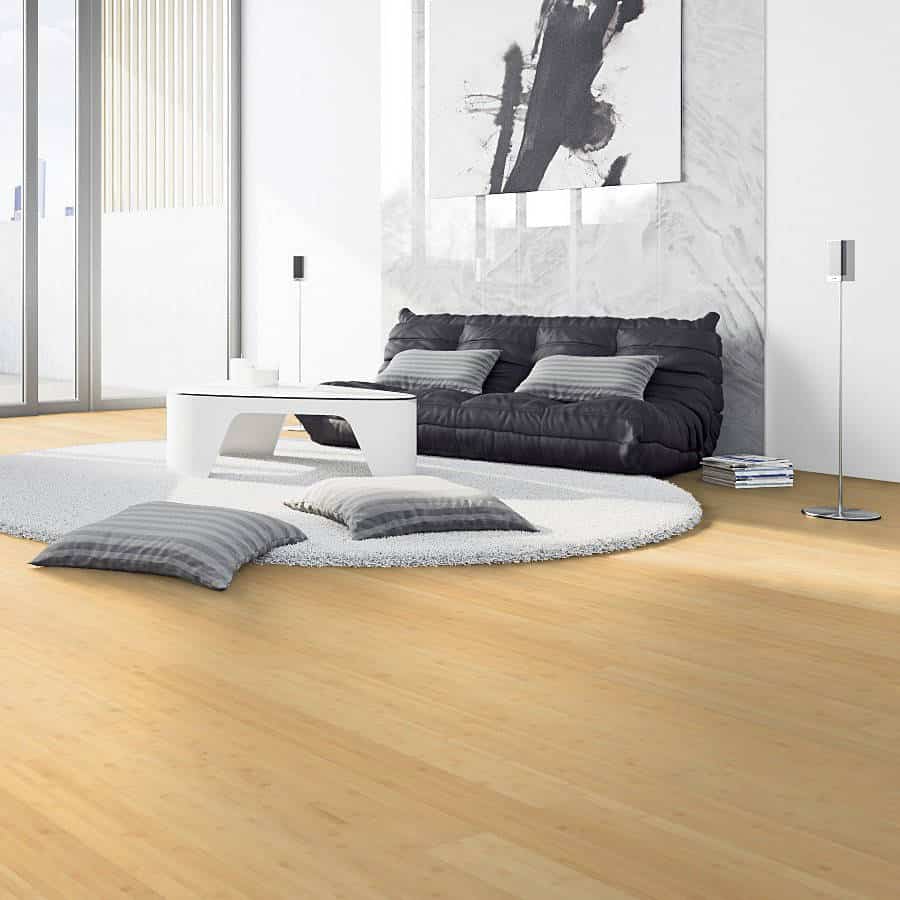Ecological wooden floors
Ecological parquet: eco-friendly ecological floors, only from ecological wood
Let’s try to understand why the parquet is ecological and the wooden floors are eco-sustainable . Ever since he appeared on earth, man has learned to use trees and wood to survive. The forests initially protected it and fed it with their own fruits; subsequently, man has learned to cultivate the woods, following the laws of nature, to obtain those products that have become increasingly indispensable. The wood allowed him to build tools (probably the oldest of these was a branch used to dig the ground and extract roots to eat), to warm up, to cook, to shelter.
Today it is easy to appreciate the beauty of wood and its usefulness, but it is not so easy to know, or remember, its traditions: which species to use to have sturdy wooden floors, ecological parquet , tool handles, such as to have lasting homes or to build boats, as the eighteenth-century artisans managed to develop the workings based on veneers and inlay.
Much of the current knowledge of wood technology is based on experiences acquired over centuries of high level craftsmanship; unfortunately, some applications have been irretrievably lost or have been superseded (for our era, not necessarily forever) due to the use of new materials or new methods and systems.
However, one consideration that we cannot, and must not, neglect concerns the inestimable value to be attributed to wood as a resource that man can renew. A well cared for wood, but also not cared for at all (increasing however in this case the risk of losing it due to a fire, more or less fortuitous), continues to produce wood forever. Furthermore, as A. Hofmann, a talented forestry technician, says, a well-ordered forest for the purposes of wood production is also the one that best responds to recreational purposes and environmental protection, these are just some of the reasons why a wooden floor it is to be considered ecological and eco-sustainable.
In fact, we must not forget the fundamental function that woods play in protecting the soil, especially on sloping land, regulating the waters and thus contributing to the stabilization of the slopes; but all this only if the forest is managed with foresight and continuity. Abandoning it to itself after tens of years of “cultivation” is equivalent, especially in the case of hilly or mountainous terrain, to significantly increase the risk of landslides, landslides, floods, etc. as unfortunately they have occurred in recent years, even in our country.
For this reason, while agreeing with the need to protect the still intact natural plant formations, today mainly represented by large tropical forests, also to ensure the maintenance of biodiversity, avoiding the extinction of animal and plant species, it is appropriate at the same time to insist on creation of new plantations and the correct management of existing woods without fear of collecting the wood produced, especially if these forests are made up of bamboo trees with which bamboo parquet is obtained, the ecological floor par excellence! This is to face the problems connected to climate change and the right, and growing, concern regarding the influence that human interventions have on the delicate balances that characterize our life on the planet and in which forests play a role of primary importance. In particular, reference should be made to the actions to be taken to counteract the increasing quantity of carbon dioxide (C02) present in the atmosphere.
It is in fact scientifically established that the use of wood to make floors, parquet, structures, furniture or other artifacts, makes a very significant and economically sustainable contribution to the C02 reduction objectives, which many countries have set themselves, through three main mechanisms :
– the production wood-based materials (especially parquet floors), especially if they come from “young” plants as in the case of wood-based arboriculture, it allows a lot of C02 to be removed from the atmosphere by storing it for long periods;
– the manufacture wood-based products consume very little energy, given their low weight and easy workability, compared to products made of plastic, metal, concrete or other materials for identical uses; the combustion of wood is C02 – neutral, because the quantity emitted is the same as that which had been removed from the atmosphere through photosynthesis (process by which, starting from carbon dioxide and water, with the use of solar energy, sugar and oxygen products that can be used by plant organisms for their own subsistence). It has been calculated that a plant, on average, to produce one cubic meter of wood absorbs a quantity of carbon dioxide equal to one ton, at the same time releasing the equivalent of 0.7 tons of oxygen into the atmosphere. The cleanest and most available energy we have is that of the sun and the biggest problem associated with its wider use is the difficulty of storing it. By accumulating solar energy in wood, nature has provided us with the solution, it is up to us to continue using it.
Information contained in the book “The Parquet from design to installation” by EdilegnoArredo and AIPPL






